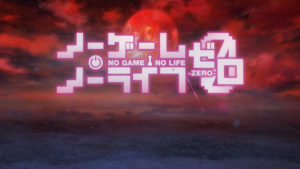While similar in many ways to its predecessor, Deadfire ends up bearing a nearly equal resemblance to Storm of Zehir.
The way companions can now weigh-in on dialog skill checks, the new style of world map (though there’s no random encounters here), the collection of resources (ship-based here instead of trader-based there), ability to find pseudo-companion henchmen, and the encounter style (small maps and auto-refilling health) all bring Zehir to mind. The text-adventure vignettes, general class abilities and leveling system (though expanded), and the core combat mechanics on the other hand are pure PoE.
I’ve only cleared the first island, Deadlight, and two small islands on my way to the capitol city so far so I can’t say much about the story or companions just yet. What I can comment on are the expanded class/skill system, reduced feat system, and overhauled combat:
The multi-classing options are pretty fantastic, the new skill setup (while a bit overwhelming) is a definite improvement over how generally superficial they were in the prequel. The greatly reduced feat selection on the other hand hurts a little (though only a little, as most general ones were useless/ineffective for most builds). The combat changes could be viewed either way, but I’m greatly in favor of it having adopted a more NWN2 style of encounter setup with health being automatically refilled after each battle (which makes healing abilities more useful since you no longer have to worry about them causing accidental perma-death).
It actually goes a step further though and makes the wizard/priest spells encounter-based as well, greatly enhancing their usability at the cost of versatility. Priests for instance no longer get access to all spells and now have to pick them as feats, while wizards can no longer learn every spell they find (they also learn spells as feats and can use the spells found in spellbooks only while they’re equipped). So far I like the change overall, but it leads to some oddities like the ability Grimoire Slam now being considered a spell.
Not all the changes are so drastic however. One particular minor yet incredibly useful change from PoE I would probably be the decoupling of Mechanics, Hidden Items, and Scouting Mode. Stealth is now purely for sneaking (which has been upgraded with visible detection radii and distraction options) while the checks to find hidden items occur even when walking around normally and are now based on Perception. The inclusion of a pickpocketing mechanic is another minor change that serves to make things feel a bit more dynamic.
Pros:
– Far more character creation/development options.
– Enhanced stealth system.
– Greatly enhanced party AI system (akin to Dragon Age: Origins and FFXII)
– Party-wide skill checks.
– Expanded skill system.
– Customized weapon/armor enhancement options.
– Expanded crafting system.
Cons:
– Combat seems a bit too hyper/fast.
– Limited feat selection.
– Many local area maps are pretty small.
– Ship to ship combat seems wonky (vignette says they have 2 crew, board them and they actually have like 10).
– Smaller party size.
– Resource management, minor as it is, is a hassle I could do without.
– Playing in fullscreen mode with vSync enabled can cause system-crashing freezes.

